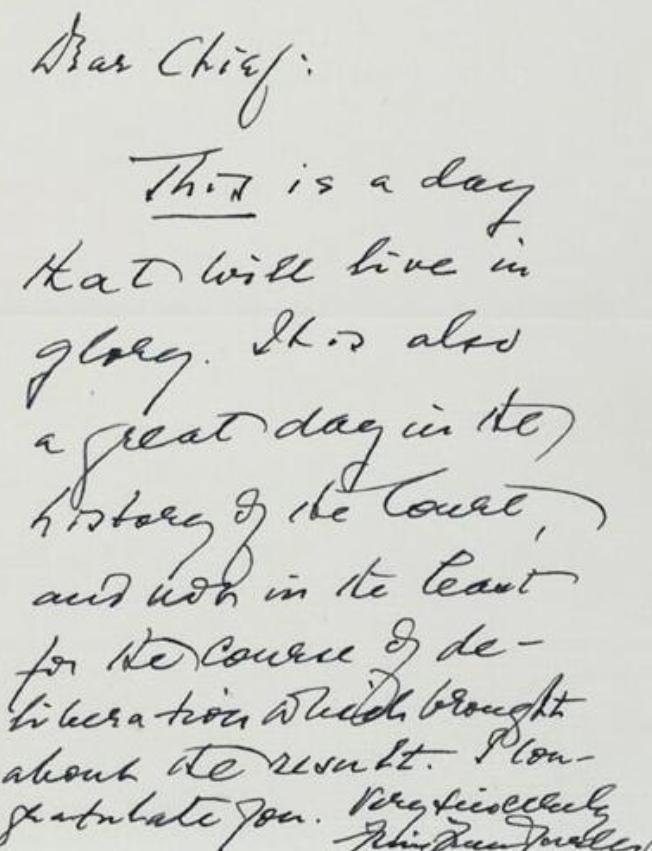More clarity, more grads
|
| Community colleges can be inspiring places. They’re often filled with people who are trying to overcome big challenges — including lower-income students, war veterans, laid-off workers, students with disabilities and victims of domestic abuse. Unfortunately, the colleges also tend to be starved of resources, as Richard Kahlenberg of the Century Foundation has pointed out. Many have shockingly low graduation rates. |
| My worry about free community-college programs is that they will lead more students to enroll but not necessarily graduate. The programs could potentially even lead to a drop in the total number of college graduates, if students began choosing community colleges over four-year colleges but then failed to finish. |
| So I asked officials in both Chicago and Tennessee what’s happened to their enrollment and graduation numbers since starting their programs. |
| The first piece of good news is that, as intended, enrollment has risen. More than 64 percent of Chicago’s public high-school graduates enroll in a college — for two- or four-year degrees — up from 54 percent in 2010, before the program started. In Tennessee, the share of high-school graduates going to college jumped to 64 percent in 2015, the first year of its program, from 58 percent the previous year. It has since remained between 63 percent and 64 percent. |
| These increases are notable, because even before these programs began, federal financial aid covered community-college tuition for many students, as Sandy Baum of the Urban Institute (a skeptic of free tuition) often points out. |
| “Could a low-income student have gone to community college tuition-free before?” Mike Krause, who runs the Tennessee Higher Education Commission, said to me. “Absolutely. But they didn’t know that.” He added: “We have managed to bring clarity to a message that was in the past very complicated.” |
| The second piece of good news is that graduation numbers have also risen. They’ve done so because both Tennessee and Chicago have paired free tuition with a new push to reduce dropout rates. |
| Tennessee has signed up 9,000 volunteer mentors per year to work with students, Krause said, and to qualify for free tuition, students must take a full load of classes. Chicago has also taken steps to help students stay in school and graduate. |
| The results: In Tennessee, the three-year community-college graduation rate has risen to 23 percent from 14 percent. In Chicago, the graduation rate has risen to 24 percent from 11 percent. Many more Chicago community-college students are also transferring to four-year colleges. |
| Obviously, those graduation rates remain far too low. There is still a lot of work to do, including better funding for the colleges and more accountability for those that don’t reduce their dropout rates. And free tuition still doesn’t cover most living expenses, like food and lodging. |
| But on the most basic question of whether the programs in Tennessee and Chicago are working, I’d say the answer is yes. |


No comments:
Post a Comment